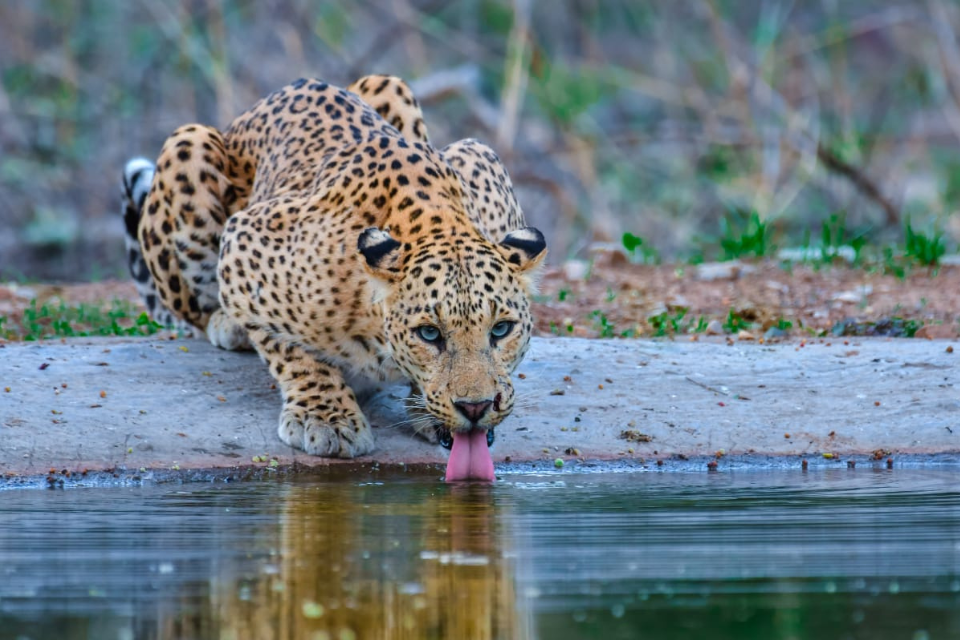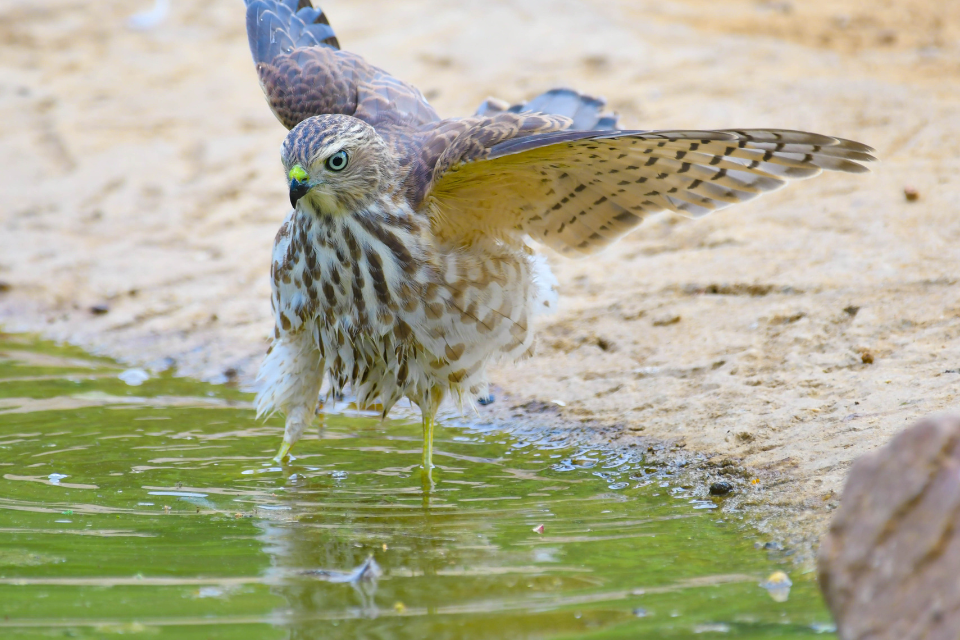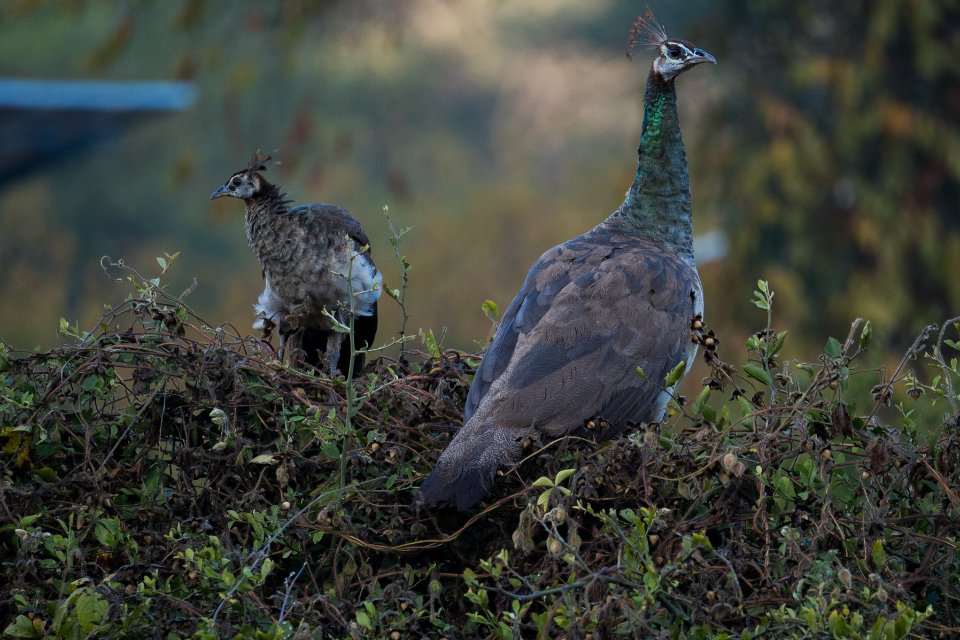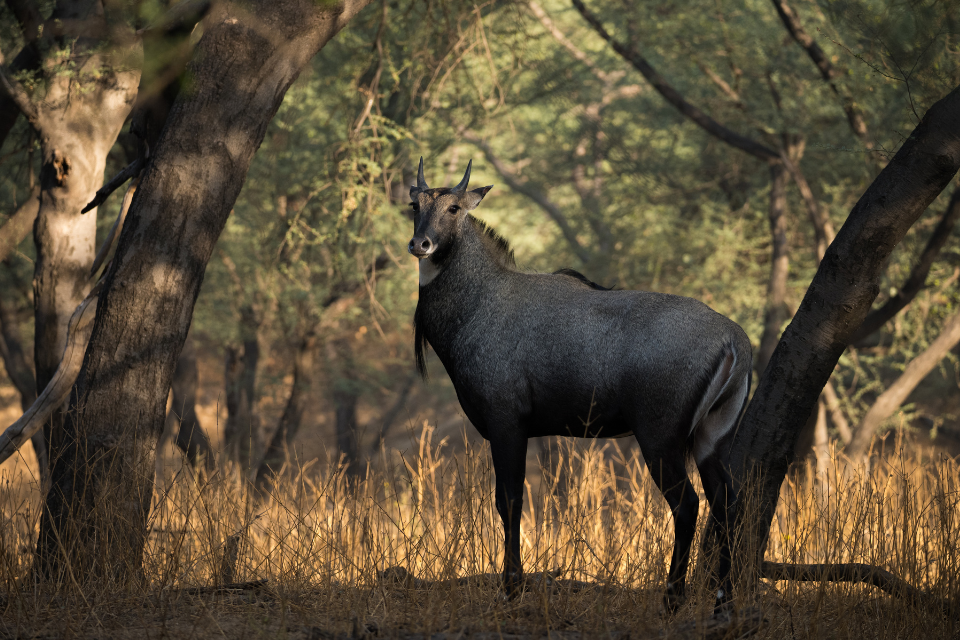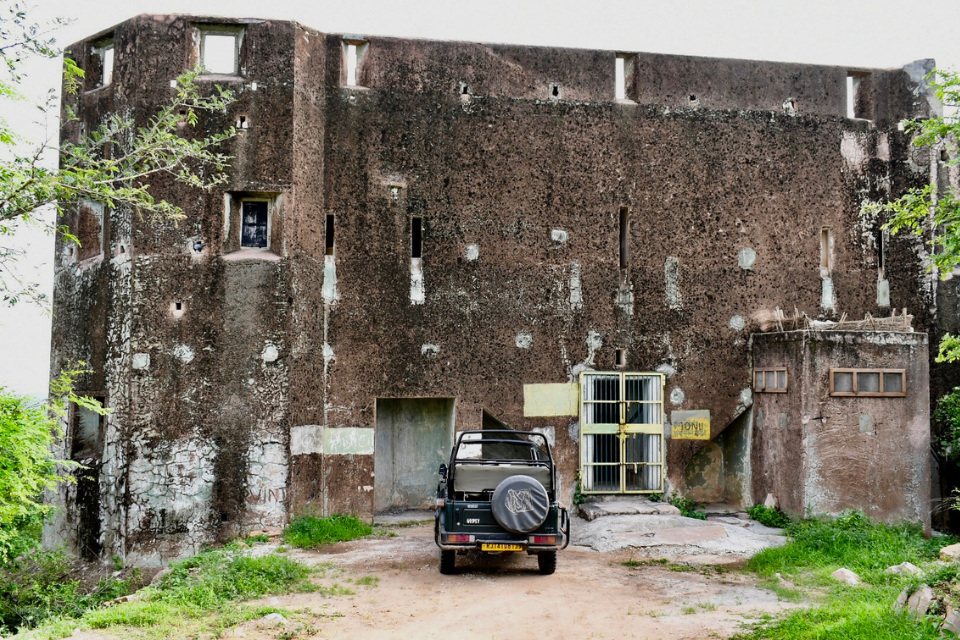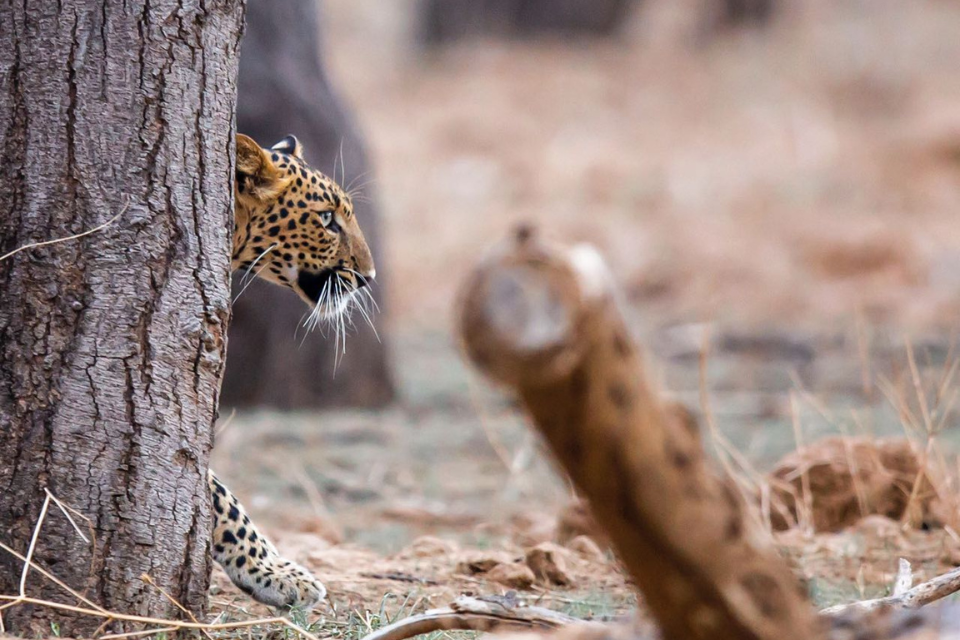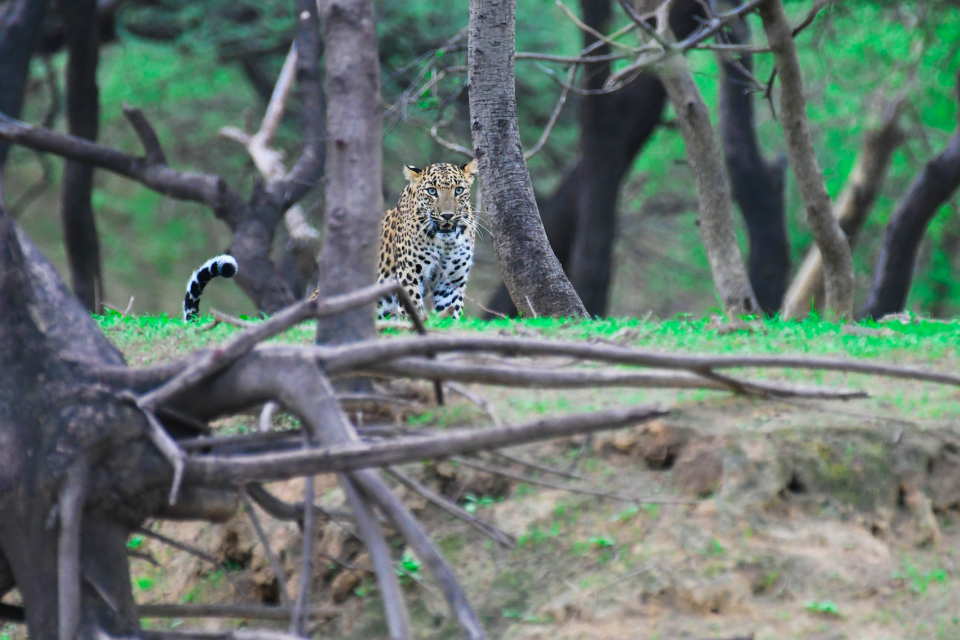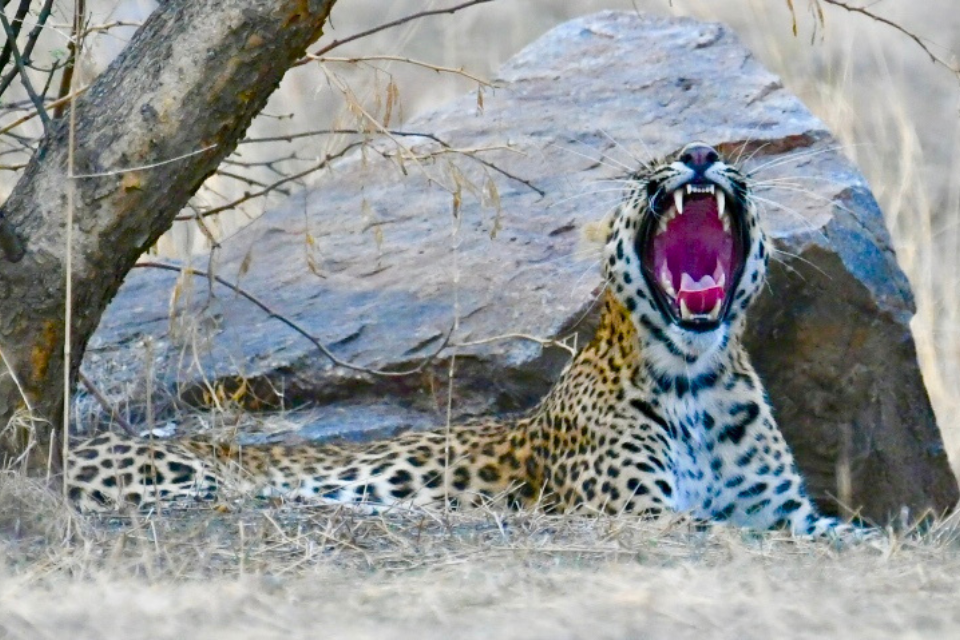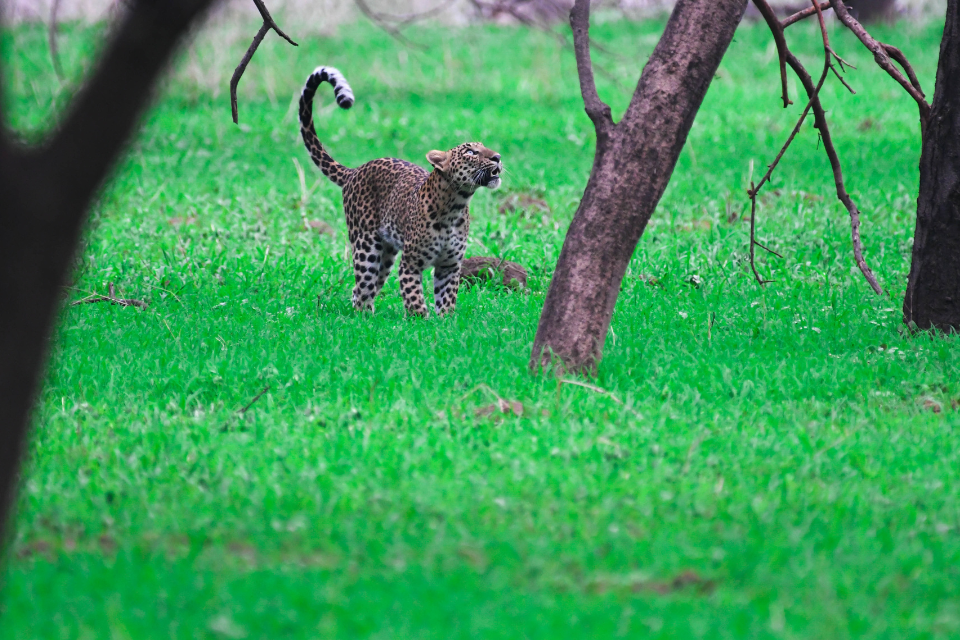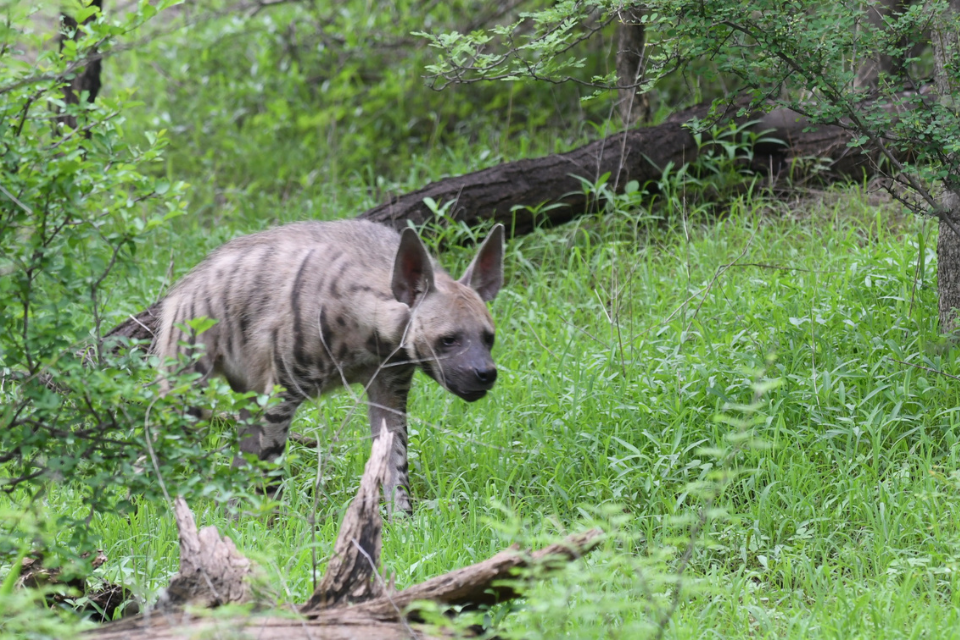- April 18, 2025
Sloth Bears of Rajasthan: The Forgotten Forest Dwellers
The Sloth Bear (Melursus ursinus), often overshadowed by Rajasthan’s more famous predators like tigers and leopards, is one of the most unique and elusive mammals in India’s wilderness. With their shaggy black coats, powerful claws, and distinctive white chest markings, these bears are expert climbers and foragers, playing a crucial role in maintaining the forest ecosystem.
Once found across India, sloth bears are now rare in Rajasthan, limited to a few protected areas where they fight for survival. Habitat loss, poaching, and human-wildlife conflict have pushed their numbers down, but conservation efforts offer hope for their future.
Let’s explore the mysterious world of Rajasthan’s sloth bears, their behavior, habitat, threats, and what is being done to ensure these forgotten forest dwellers don’t disappear forever.
- Meet the Sloth Bear – Rajasthan’s Shaggy Forest Guardian
📌 Scientific Name: Melursus ursinus
📌 Status: Vulnerable (IUCN Red List)
📌 Height: 60–90 cm at the shoulder
📌 Weight: 55–140 kg
📌 Lifespan: 20–25 years in the wild
📌 Best Places to See: Kumbhalgarh, Mount Abu, Ranthambore
✔ Unlike other bears, sloth bears have long, curved claws for digging termites and climbing trees.
✔ Highly nocturnal and secretive, making sightings rare.
✔ Thick fur protects them from thorny bushes and insect bites.
🚀 Fun Fact: Sloth bears do not hibernate like other bears—they remain active year-round!

- Where Do Sloth Bears Live in Rajasthan?
While most people associate Rajasthan with tigers, leopards, and desert landscapes, it is also home to dense forests and rocky hills—perfect habitats for sloth bears.
🏞 Location | 📍 Why It’s Important for Sloth Bears? |
Kumbhalgarh Wildlife Sanctuary | Largest population of sloth bears in Rajasthan |
Mount Abu Wildlife Sanctuary | One of the last natural bear habitats in the Aravalli Hills |
Ranthambore National Park | Known for tigers, but also shelters a small sloth bear population |
Sita Mata Wildlife Sanctuary | Remote and less disturbed, providing a safe zone for bears |
🚀 Best Time to Spot Sloth Bears: Early mornings and late evenings, when they come out to forage.
- What Makes Sloth Bears Unique?
Unlike their relatives in colder regions, sloth bears have evolved unique adaptations to survive in India’s dry forests and scrublands.
🐾 A. Specialized Diet – The Termite Hunters
✔ Sloth bears have a long, extendable tongue (up to 25 cm!) for sucking up termites and ants.
✔ Their powerful front claws help them dig into termite mounds and beehives.
🚀 Fun Fact: Sloth bears can vacuum up termites by closing their nostrils to avoid inhaling dust!
🌿 B. Excellent Tree Climbers
✔ Despite their heavy build, sloth bears are strong climbers, often seen on trees.
✔ They rest in tree hollows during the day to escape the heat.
🚀 Fun Fact: Sloth bear cubs ride on their mother’s back for almost a year—a rare behavior among bears!
🐻 C. Shy but Aggressive When Threatened
✔ Normally avoids humans but can become extremely aggressive if startled.
✔ Unlike tigers or leopards, they attack to defend, not to hunt.
🚀 Fact: Sloth bear attacks on humans occur when people unknowingly enter their foraging areas—not because bears seek conflict.
- Threats to Rajasthan’s Sloth Bears
While sloth bears have survived in Rajasthan for centuries, they now face serious threats that could wipe out their populations.
⚠️ A. Habitat Destruction & Deforestation
❌ Expanding agriculture and urbanization are shrinking bear habitats.
❌ Illegal logging in forests like Mount Abu is reducing food sources.
🚀 Fact: India has lost over 30% of its sloth bear habitat in the last 50 years!
⚠️ B. Poaching & Illegal Wildlife Trade
❌ Sloth bear parts are used in traditional medicine in some regions.
❌ Cubs are kidnapped for use in illegal circuses (historically trained as “dancing bears”).
🚀 Success Story: Thanks to strict laws, the practice of keeping dancing bears has been almost eliminated in India.
⚠️ C. Human-Wildlife Conflict
❌ Encounters with villagers and farmers often lead to retaliatory killings.
❌ Sloth bears sometimes raid farms for fruit (mango, guava), bringing them into conflict with humans.
🚀 Solution: Wildlife authorities are working on community awareness programs to reduce conflicts.
- Conservation Efforts – How Rajasthan is Protecting Sloth Bears
Despite these threats, sloth bear conservation is gaining momentum in Rajasthan.
🛡️ A. Expanding Protected Areas
✔ Sanctuaries like Kumbhalgarh and Mount Abu are being expanded to provide safer habitats.
✔ Restoring degraded forests to bring back natural food sources.
🚀 Success Story: Sloth bear numbers in Kumbhalgarh have stabilized due to better habitat management.
🛡️ B. Anti-Poaching & Wildlife Rescue Programs
✔ Strict laws under the Wildlife Protection Act (1972) have reduced illegal cub trading.
✔ Wildlife NGOs rescue orphaned sloth bear cubs and rehabilitate them.
🚀 Success Story: Groups like Wildlife SOS have rescued over 600 sloth bears from illegal captivity in India.
🛡️ C. Reducing Human-Bear Conflict
✔ Educating villagers on how to avoid bear encounters.
✔ Installing early warning systems to alert farmers when bears are nearby.
🚀 Fact: Many sloth bear attacks happen because people accidentally surprise a bear while walking through the forest—awareness programs help prevent such incidents.
- The Future of Sloth Bears in Rajasthan
✔ Sloth bears are making a comeback, but their survival depends on continued conservation efforts.
✔ Expanding protected reserves and reducing human conflict will be key to their long-term survival.
✔ Stronger anti-poaching laws and habitat protection can ensure that sloth bears thrive for future generations.
🚀 What’s Next?
✅ Creating more wildlife corridors to connect bear populations.
✅ Strengthening community involvement in conservation.
✅ Expanding research programs to study bear behavior and movement.
🌍 Final Thought: Sloth bears may be Rajasthan’s forgotten forest dwellers, but they play a vital role in the ecosystem. Protecting them not only preserves biodiversity but also helps maintain the health of Rajasthan’s forests.
🔍 Have you ever seen a sloth bear in the wild?
Disclaimer All images used in this blog are either sourced from public domain or credited to their respective owners. If you are the copyright holder of any image and wish to request its removal or proper attribution, please contact us at [email protected]



